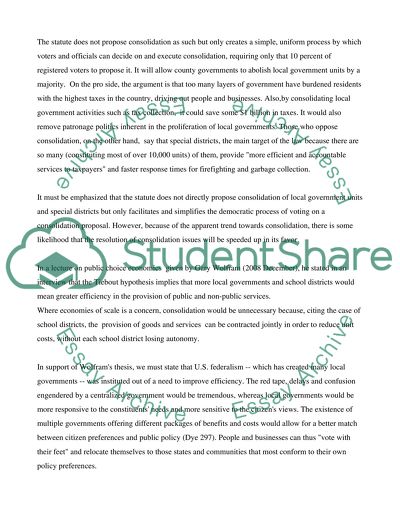Cite this document
(“The Community in Terms of an Appropriate Level of Public Goods and Research Paper”, n.d.)
The Community in Terms of an Appropriate Level of Public Goods and Research Paper. Retrieved from https://studentshare.org/finance-accounting/1561394-econ-212g-final-essay
The Community in Terms of an Appropriate Level of Public Goods and Research Paper. Retrieved from https://studentshare.org/finance-accounting/1561394-econ-212g-final-essay
(The Community in Terms of an Appropriate Level of Public Goods and Research Paper)
The Community in Terms of an Appropriate Level of Public Goods and Research Paper. https://studentshare.org/finance-accounting/1561394-econ-212g-final-essay.
The Community in Terms of an Appropriate Level of Public Goods and Research Paper. https://studentshare.org/finance-accounting/1561394-econ-212g-final-essay.
“The Community in Terms of an Appropriate Level of Public Goods and Research Paper”, n.d. https://studentshare.org/finance-accounting/1561394-econ-212g-final-essay.


